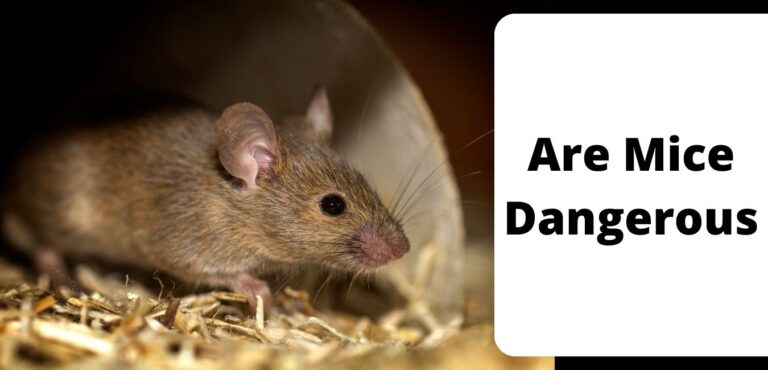Do Mice Climb On Beds?

Have you ever wondered if mice are capable of climbing walls? If that’s the case, your curiosity isn’t about to wane. The Max Planck Institute’s Patricia Wenzel led a study team that recently discovered a gene that affects mice’s ability to climb walls. The discovery could lead to new research into human diseases and gene therapy.
Mice are little mammals with short tails and small bodies. They usually have a two- to three-year lifespan.
Yes, it is true! Mice can be found in and around homes and structures in large numbers. Mice, including ruggedness (they’ll often jump and skip along with the ceiling or walls), baby mice (who can be observed swaying back and forth on the upper floor of a house or apartment), and even gophers, are regularly seen in large buildings and industrial complexes (which can be found in converted warehouses and old tool sheds). Each Mice species has its personality. Mice can scale walls. Mice can scale walls using a unique climbing technique. When they desire to get somewhere where they can get something, such as food or water, they employ their instinct.
Mice can climb walls, ceilings, and floors with ease. Except for glass, metal, and concrete, they can gnaw through wood, plastic, plaster walls, sheetrock, drywall, and pretty much any other building material. Mice have an excellent recall and create scent trails to help them navigate.
Why Do Mice Climb Up Walls?
Mice are inquisitive creatures who are always on the lookout for food and a haven. Water and a comfortable temperature are also required for them to thrive.
They can climb up reflecting walls, or if they’re on the ground, the wall must have enough space for their tails, and they must be able to hold the walls with their claws.
Is it possible for mice to climb vertically?
According to a study performed by Sean Waterworth of the University of Connecticut College of Dentistry, Mice can climb walls. The results of the research were reported in the Proceedings of the National Academy of Sciences. The researchers used a four-inch-high, eight-inch-wide hardwood platform to assess the climbing ability of mice (Mus musculus). The mice could easily scale the length of the platform and reach the top without falling; but, when they reached a vertical surface, they attained a maximal speed of roughly three feet per second.
The researchers concluded that mice could climb basic surfaces but their muscles needed a lot of energy to flexibly help in mid-air mobility.
Mice are excellent climbers, and if the surface is rough enough, they can scale vertical walls and “shimmy” up between walls and drain pipes.
Rats can swim pretty well and have been reported to enter buildings through the toilet bowl’s water traps.
They can climb on any vertical surface, but on surfaces like brick, stone, or glass, the contact area between the Mice’s footpads and the surface is too small for them to acquire a firm grip.
Vertical locomotion is the capacity of mice to scale vertical surfaces. For over a century, scientists have used this unique ability to learn about the anatomy and physiology of mice. These phenomena can now be studied in mice using both live and robotic platforms. This research has given researchers valuable insight into the physiology of mice, as well as improved models for other animals’ locomotion and climbing abilities.
They move quickly and are low to the ground. The robotic platform was built on a need-to-know basis.
The Robotic Mice, which were developed to investigate this phenomenon in mice, are extremely sensitive to the ground. When necessary, they are also swift on their feet.
These devices use ground sensors to detect what is going on around them. These sensors enable these robots to avoid both stationary and moving objects.
Why Are Mice Able to Climb Walls Vertically?
Mice have an urge to climb vertically on three-dimensional objects, which helps them obtain more food.
The Mice’s feet are covered in microscopic hairs that are extremely sensitive. These hairs are so sensitive that they can sense even the tiniest air movement or shift in air currents. This makes it easier for them to find food or refuge by feeling their way up any vertical surface.
Is it Possible for Mice to Climb Smooth Walls?
Mice can climb smooth surfaces such as walls. The difference between a Mice’s capacity to climb up and down a wall is connected to the surface roughness of the wall, not its height, according to investigations by two scientists, P. M. S. Richards and Karel D’haenens.
They discovered that climbing was more difficult for mice when they tried it with smooth walls than when they tried it with textured walls at first, but that the difficulty gap narrowed over time; mice could successfully climb up and down both types of walls with equal ease after about 2 weeks of practice (a Mice’s lifespan).
Mice can climb a smooth vertical wall up to 13 inches. They’re strong climbers who can go even higher on surfaces with more grip, such as brickwork, which is why they can easily move up and down chimneys.
Mice’s paws feature claws that enable them to grab and cling to surfaces. Their claws are so keen that they can effortlessly climb up and down even the smallest surface irregularities. This is how they can overcome any vertical surface with a few small bumps, ridges, or irregularities.
What Allows Mice to Climb Smooth Walls?
Mice have strong back legs that allow them to climb up and down unusual surfaces.
Mice are little creatures with the ability to scale strange surfaces. This is made possible by their muscular back legs.
The animals’ rear legs, which are shorter than their front legs, contain more muscle fibers in the hip and thigh muscles, which aid them in getting up on their hind paws by activating the muscles in the back of their thighs. Mice are considered pests because they spread diseases and cause structural damage to houses and public buildings.


